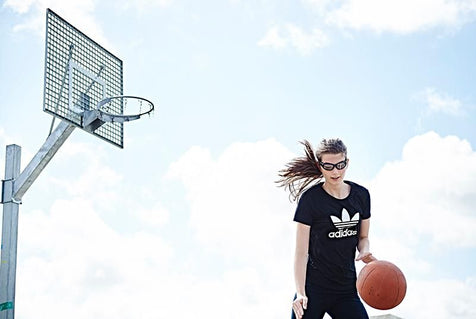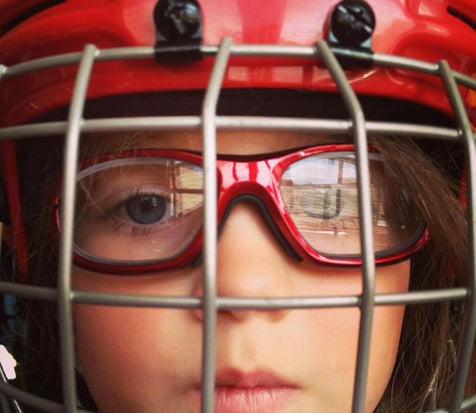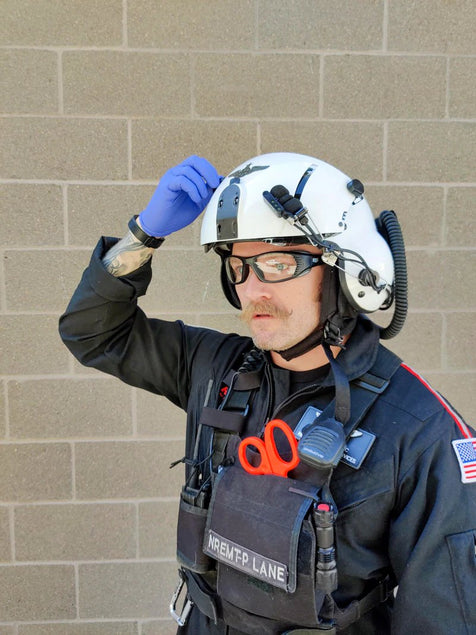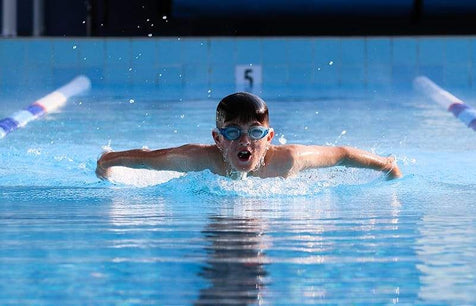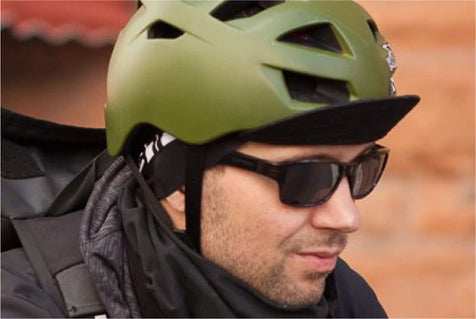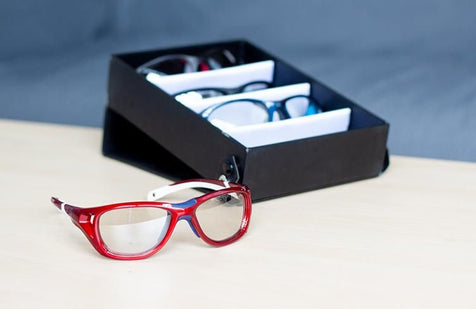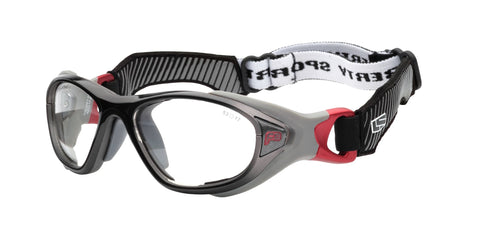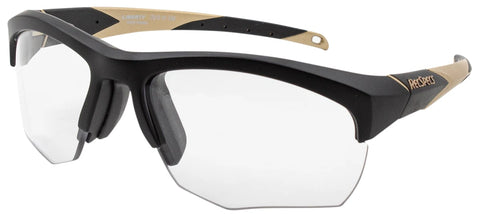
The Ultimate Racquetball Equipment Checklist
For the athlete that only likes to carry around the necessary equipment, a racquet and some balls will suffice in this situation. But say you join a league at your local gym and want to optimize your performance to the best of your ability. In this case, there are several items you can add to create the ultimate racquetball equipment checklist.
Equipment Bag
A rookie racquet athlete may only possess enough equipment to need a small duffle or none at all. But in the case of someone who carries multiple racquets and other accessories, an appropriate equipment bag would surely make things easier.
A racquetball-specific equipment bag contains pockets for things like gloves, balls, a water bottle, multiple racquets, and small accessories such as eyewear and wristbands.
Racquets
A non-negotiable on the ultimate racquetball equipment checklist is a racquet. You can't enjoy the game without one. This is the point of most contact with the ball, so it's critical to get this item correct. In layman's terms, the handle is where you grip, and the head is where the mesh and ball meet.
In official racquetball competitions, any racquet over 22 inches in length is illegal. And though there isn't a weight limit or requirement, most range between 9.5 and 11 ounces. What's important to note on the racquet's weight is how fast you want your swing; the heavier the racquet, the slower the swing speed.
Racquet Grips
The point of most contact on the racquet is the grip. And most racquets have a factory grip that some players find sufficient, but if you begin to get serious about your game, you can have a customized grip applied to complement your unique style. There are two variations of grips: wraps and a slip-on.
A slip-on grip is a singular rubber piece that perfectly fits the racquet handle, and this type of grip is excellent for durability. On the other hand, a wrap-style grip is synthetic leather that wraps around the handle and wears faster. Both grip variations have multiple textures so that a player can find the most suitable style for them.
For those that skip wearing a glove, it's best to consider a wrap-style grip because a slip-on can slide easily with sweat.
Racquet Wristband
Due to the performance structure in racquetball, a racquet wristband is essential. Players swing racquets at increased speeds in confined quarters, and this leaves room for a racquet to fly out of their hand accidentally. Even with gloves and a custom grip, accidents do happen.
A wristband acts as a tether, or leash, between the hand and the racquet. There are limitations and requirements the wristbands must meet in specific play settings. A tether must not exceed 18 inches from end to end for U.S. players and cannot be longer than 24 inches after stretching it to its max.
Gloves
A glove is not a requirement to play the game, but many players prefer to wear one on their racquet hand as it can improve their grip and prevent slipping. If you're planning to play in a glove, having multiple in a rotation is encouraged to prolong their life cycle and maintain dryness.
It's essential to find gloves that fit your hand snugly without any discomforts. A few other things to take into consideration include:
- Breathability
- Padding
- Stickiness
- Durability
Vibration Dampener
There is a lot of debate in the racquet community about the effects of a vibration dampener. They are helpful in tennis and racquetball, and many players find comfort in hitting the ball at high velocities.
A small rubber piece attaches to the mesh at the base of the head and helps contain the vibration in the strings. It does not stop the vibration in the actual head of the racquet but instead reduces it through the handle. This, in combination with the proper grip and a glove, can optimize overall performance.
Balls
It's not always a guarantee that the appropriate racquetballs are available at the court, so it's best to consider investing in your own. There are various colors to choose from, which indicate the speed at which the ball will travel.
The varying colors range from black, blue, green, purple, and red, and these correlate with speeds from slowest to fastest. The typical racquetball should be two ¼ inches in diameter and weigh roughly 1.4 ounces. The hardness of a ball should fall between 55 and 60 durometers, with a bounce of 68 to 72 inches.
Protective Eyewear
Out of all the items on the ultimate racquetball checklist, protective eyewear is necessary for player safety. Balls come toward players at varying high-velocity levels and often at unpredictable angles if they bounce first. There is a requirement per USA Racquetball that all players wear protective eyewear.
At Optics Outfitters, we have specifically designed prescription glasses for racquet sports that meet safety standards and requirements. Though your local gym may not require the use of eyewear, it is always best to invest in protection and secure your own safety.
Shoes
The nature of the game is high intensity with high levels of quick movement. You are free to wear the gym shoes you’re most comfortable in, but it’s best to consider a pair of indoor non-slip, no-skip tennis shoes that allow for quick jolts and that are lightweight.
Racquetball-specific shoes support the ankles during quick moves and offer gum soles for excellent traction on a court. If you already own a pair of basketball or volleyball sneakers, these make great alternatives as they have a similar design. However, it's encouraged to avoid running shoes, as they're made for varying terrains and support the feet for distinct functions.
Accessories
After you successfully build your collection with the necessary items to play the game, you can add other things to enhance your player's confidence. Things like sports towels, sweatbands, customized playing shoes, and a personalized water bottle make great additions. Should you begin to expand your collection of equipment, consider the style of bag you'll carry to the court, as this could make transport easier.
For more information about prescription eyewear and protective necessities, reach out to Optics Outfitters today!

